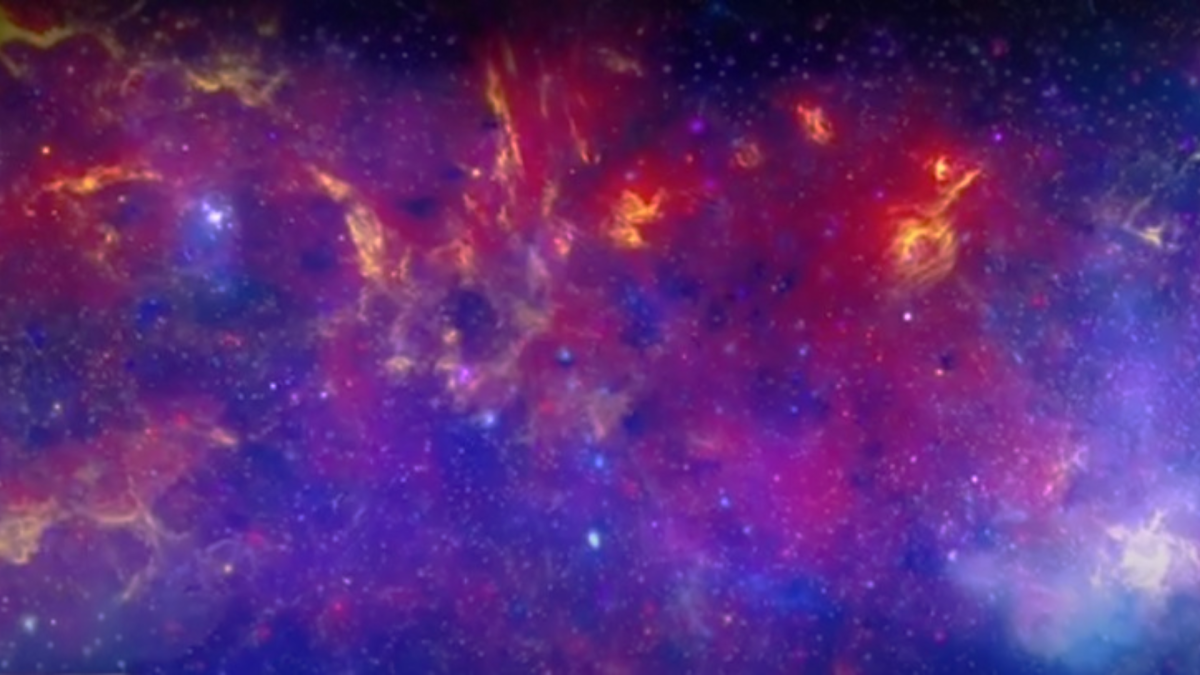
At first blush, the term “nondual relationships” sounds paradoxical. But in this episode of “Buddha at the Gas Pump,” A. H. Almaas and Karen Johnson converse with host Rick Archer and offer a resolution: We are all part of a universal ground of unity, a profound oneness, even as each of us expresses this core reality in a uniquely personal way. True intimacy in relationships blossoms when we recognize this fundamental unity. Scroll down to view the video and summary of highlights.
Summary
The human soul yearns for true intimacy and connection. This isn’t merely about shared interests or physical proximity. It’s born when two individuals, deeply in touch with their own humanness, acknowledge each other in their complete fullness and totality. This recognition fosters a potent bond that transcends the usual sense of separateness, or duality.
True intimacy blossoms from a fundamental understanding that, fundamentally, we share a profound unity with others. Paradoxically, this recognition is often nurtured by a willingness to be truly alone within our own nature. It’s from this space of self-acceptance that we can authentically be personal with one another. This “being personal” is about consciously acknowledging, recognizing, and experiencing who someone truly is. It means tuning into their unique qualities and capacities and responding in a way that makes them feel genuinely seen and understood. This ability to connect so personally is a quality of consciousness we can cultivate, allowing a universal, nondual awareness to manifest in a beautifully personalized form.
Such deep connections are crucibles for growth. Awakening isn’t solely an internal affair of identity; it’s also about how that awakened identity is expressed and manifested in our personal relationships and interactions. It’s crucial to be interested in the raw truth that exists between two people, even when it’s uncomfortable or not what we ideally want. This commitment to authenticity optimizes the immense growth and potential inherent in the connection.
Some connections are so profound they feel like one soul inhabiting two different bodies. The “one soul” experience allows for an almost telepathic understanding and a palpable sense of the other’s presence, even when physically apart. These relationships can become powerful catalysts for dual awakening, where both individuals experience growth, change, and expansion together, eventually merging into a single vortex of being. The journey often involves the “death” of an old relational dynamic, allowing for a complete rebirth that manifests a new energy, a different connectivity, and a transformed love.
The relationship between Rumi and Shams serves as a timeless example. While seen as two, Rumi often spoke of them as one. This mysterious soul connection can spark simultaneous spiritual awakenings. Even the seemingly contradictory idea of nondual relationships has historical precedent in many spiritual figures who embraced nonduality also engaging in profound emotional love. Ultimately, from a nondual perspective, all of existence—every person, every interaction—is a manifestation of a singular consciousness. In this understanding, deep personal relationships become not an exception to unity, but one of its most beautiful and transformative expressions, revealing rich possibilities for both personal and spiritual evolution.
When we embrace both our shared essence and our unique expressions, relationships transform. Differences become interesting rather than divisive, and exchanges enrich us. This journey of "dual awakening," where the relationship itself can become "one vortex of being," allows us to experience the profound beauty and potential inherent in human connection, rooted in oneness yet celebrated in our individuality.

